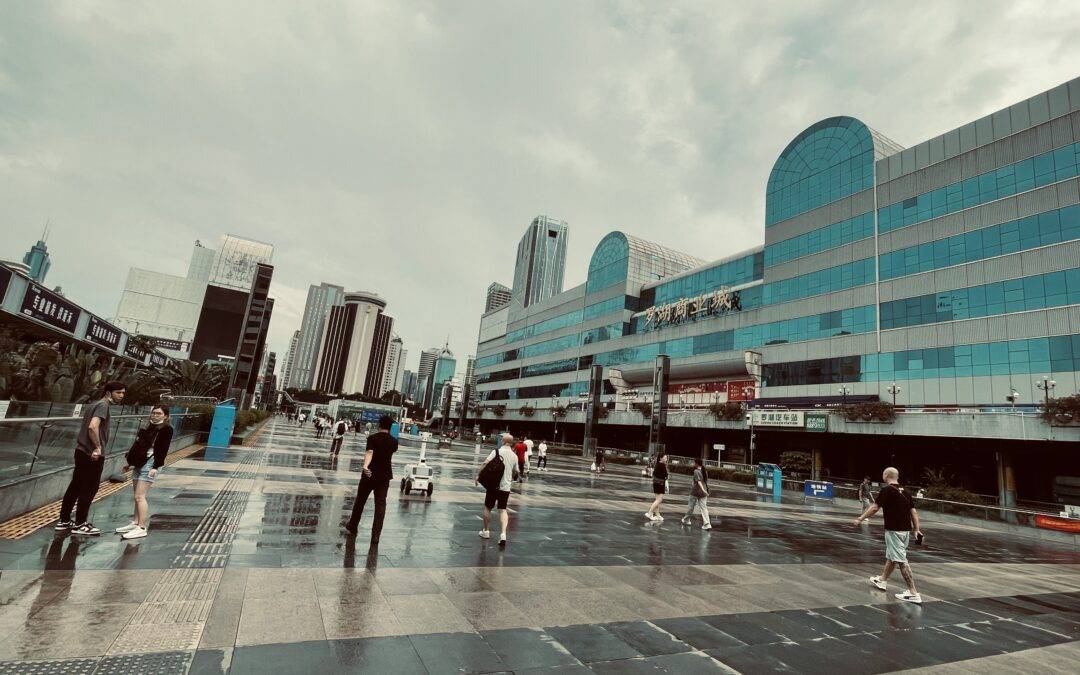
by CRIS&COCO | Jul 17, 2023 | Satire
The British-French singer, actress and style icon may have been known as the inspiration for the Birkin bag, but she was so much more. To some extent, it does an injustice to the British-French actress and singer — who died at 76 of undisclosed causes on Sunday in...

by CRIS&COCO | Jul 2, 2023 | Fake Industry
As I strut into Shenzhen, China, bidding adieu to Hong Kong, I can’t help but gaze upon the majestic structure on my right, Luohu Commercial City, where enchantment unfolds. Behold, the mall of wonders, where your heart’s desires await, but here’s...

by CRIS&COCO | Jul 1, 2023 | Luxury Accessories
In the dystopian fashionscape “And Just Like That…” set 11 years after “Sex and the City 2”, we enter a parallel universe where Birkin bags possess the magical powers of immortality and everlasting youth. Carrie, Miranda, and Charlotte have...

by CRIS&COCO | Jun 30, 2023 | Luxury Accessories
Introducing Handbags for Ants That Cost a Fortune! As the dust settles on this auction of the Microscopic Handbag by MSCHF, it’s evident that we’ve entered a new era in the Luxury Industrial Complex. Gone are the days when a handbag merely needed to carry your keys,...

by CRIS&COCO | Jun 29, 2023 | Luxury Accessories
The death of the luxury fashion collaboration. Let us bask in the extravagant tragedy that is the demise of fashion collaboration. Enter stage left: ADIDAS x GUCCI, BALENCIAGA x GUCCI, GUCCI x THE NORTH FACE, DIOR x STÜSSY, NIKE x TIFFANY, LOUIS VUITTON x NIKE, MIU...






